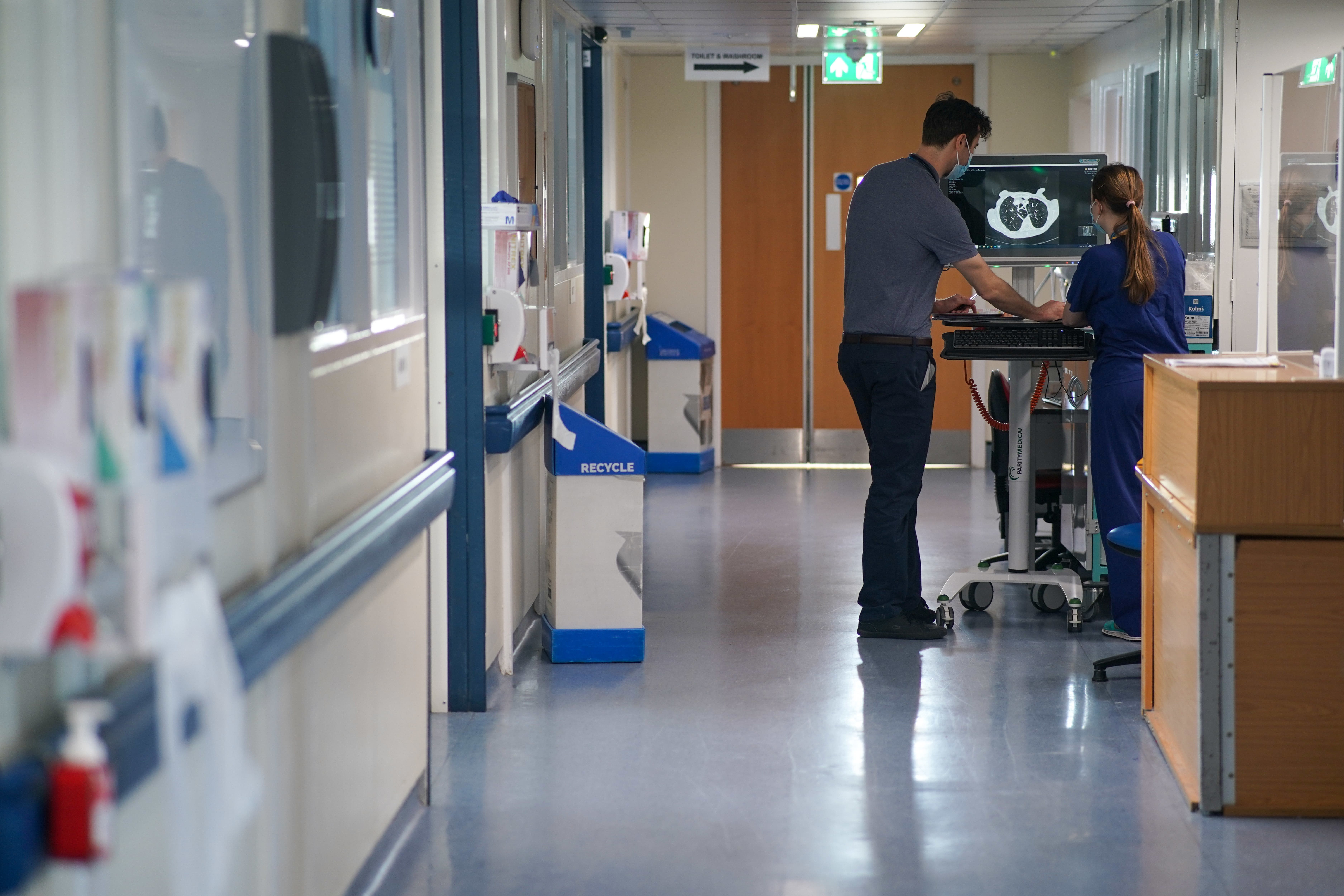A&E waiting times in Scotland stagnate, latest figures show
According to the statistics, 63.5% of people were seen within the four-hour target time in the week up to November 19.

Your support helps us to tell the story
From reproductive rights to climate change to Big Tech, The Independent is on the ground when the story is developing. Whether it's investigating the financials of Elon Musk's pro-Trump PAC or producing our latest documentary, 'The A Word', which shines a light on the American women fighting for reproductive rights, we know how important it is to parse out the facts from the messaging.
At such a critical moment in US history, we need reporters on the ground. Your donation allows us to keep sending journalists to speak to both sides of the story.
The Independent is trusted by Americans across the entire political spectrum. And unlike many other quality news outlets, we choose not to lock Americans out of our reporting and analysis with paywalls. We believe quality journalism should be available to everyone, paid for by those who can afford it.
Your support makes all the difference.A&E waiting times in Scotland have continued to stagnate as less than two thirds of people were seen within four hours, new figures show.
Statistics released by Public Health Scotland on Tuesday show 63.5% of attendances at emergency departments in the week up to November 19 were seen and subsequently admitted, transferred or discharged within the target time.
The Scottish Government aims for this figure to be at 95%.
he number dropped slightly from 63.9% the previous week.
The statistics also showed 3,234 people during that week waited longer than eight hours, amounting to 13.1% of all attendances.
A total of 1,370 people – 5.5% – waited more than 12 hours.
Health Secretary Michael Matheson said: “I am clear that A&E performance is not where it needs to be and we are working with boards to support the delivery of sustained improvements.
“Our £12 million expansion of Hospital at Home is helping relieve pressure on our A&E departments by ensuring people receive care at home or as close to home as possible.
“Hospital bed occupancy continues to be a major factor impacting on performance.
“To address this, the delayed discharge and hospital occupancy action plan is being implemented at pace, delivering actions we know work to ensure patients receive the right care in the right setting.
“As we enter the challenging winter period, I would like to thank staff for their continued exceptional efforts in the face of sustained pressure.”
Scottish Tory health spokesman Dr Sandesh Gulhane said the figures showed the importance of having a Health Secretary who was not “mired in personal scandal”, referring to the row over a near-£11,000 data roaming bill racked up on Mr Matheson’s parliamentary iPad during a holiday to Morocco.
“Scotland’s A&E wards are already in crisis before we’re even in the full grips of winter, yet discredited Michael Matheson is still distracted by his unravelling tissue of lies around his iPad,” Dr Gulhane said.
“We know that these unacceptable figures – which take in the first full week of the roaming charges scandal – will have led to tragic and needless loss of life, and are a legacy of years of dire workforce planning by a succession of SNP health secretaries.
“The figures for the Queen Elizabeth University Hospital – the flagship hospital in Scotland’s largest health board – are particularly terrifying, with just 40% of patients being seen within four hours.
“Despite the best efforts of my hardworking colleagues on the frontline, our emergency wards simply can’t cope and the last thing we need is a preoccupied health secretary unable to tackle the crisis.”